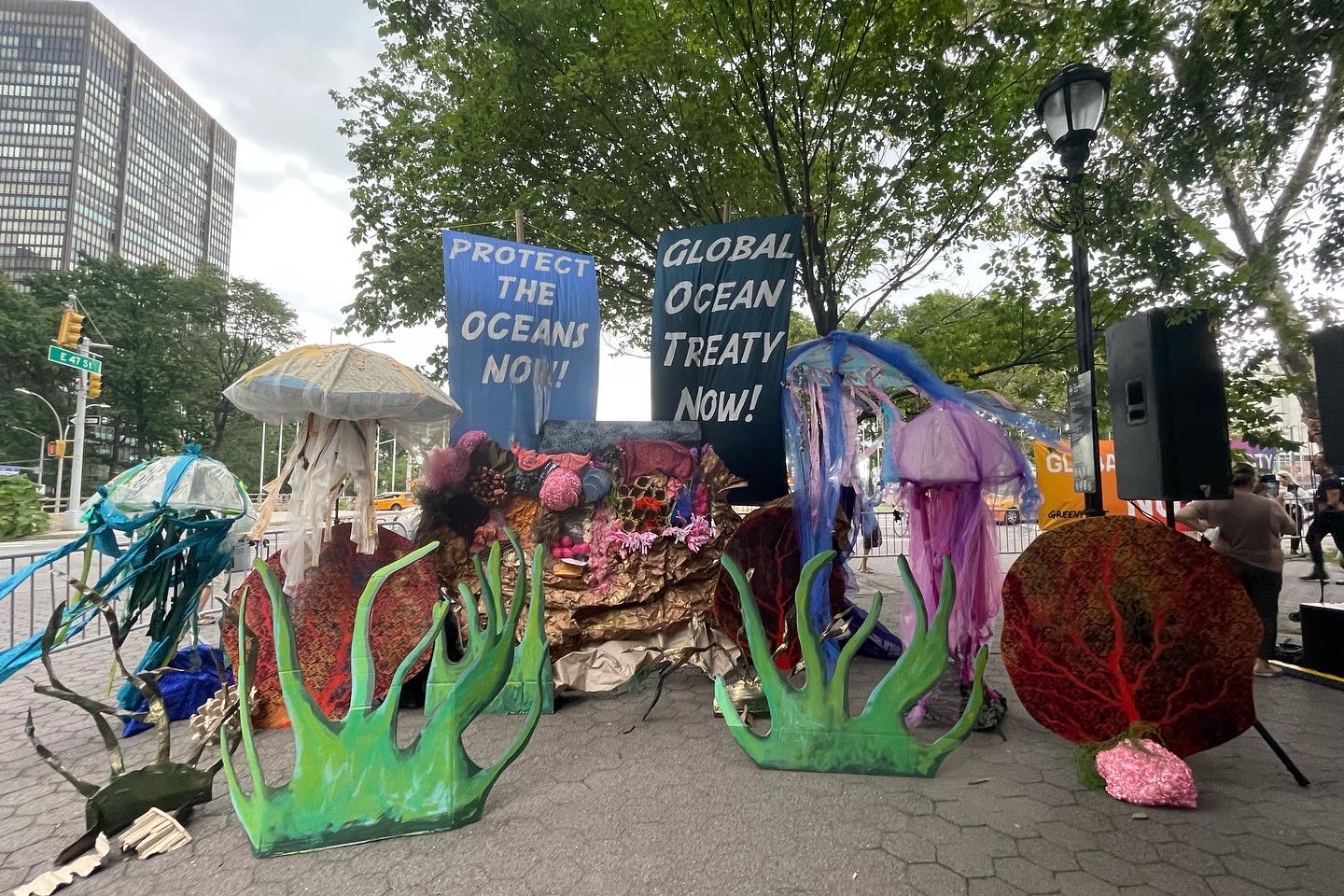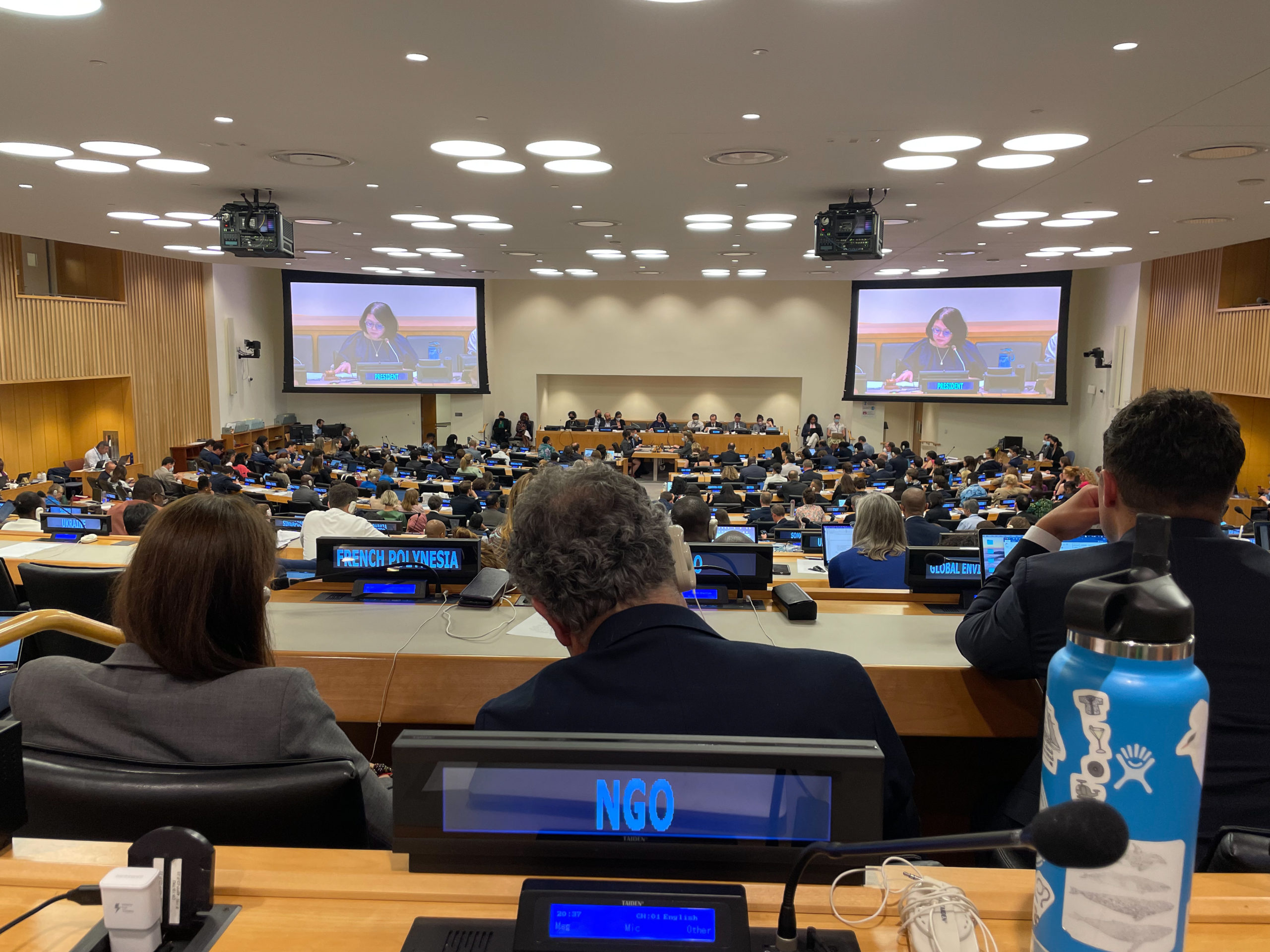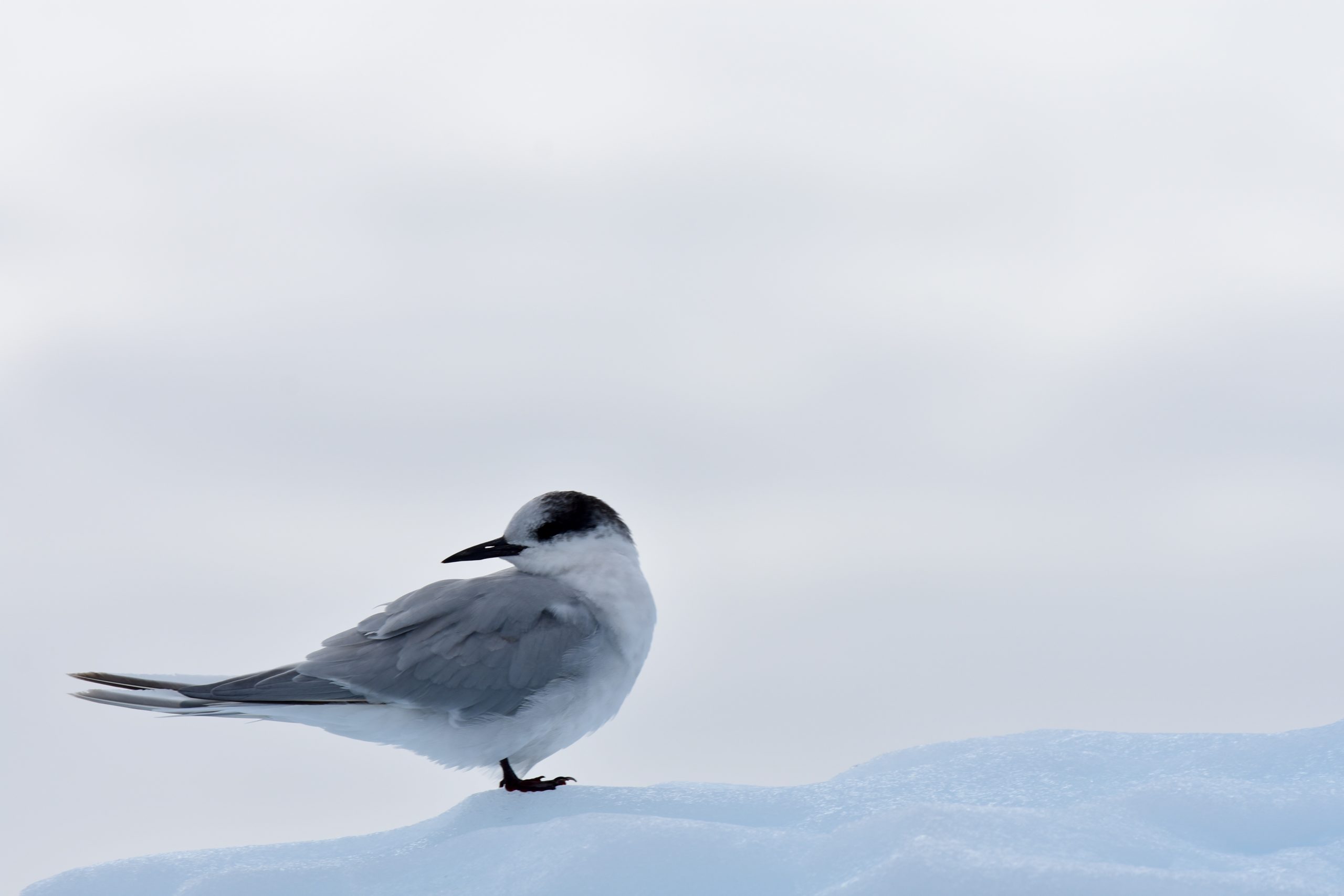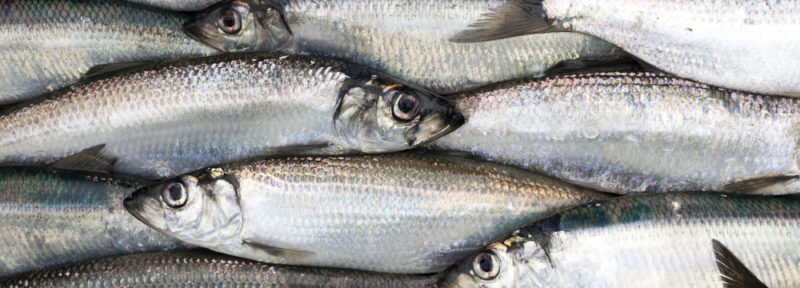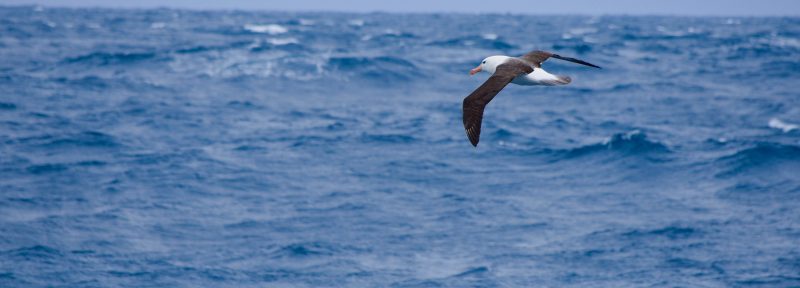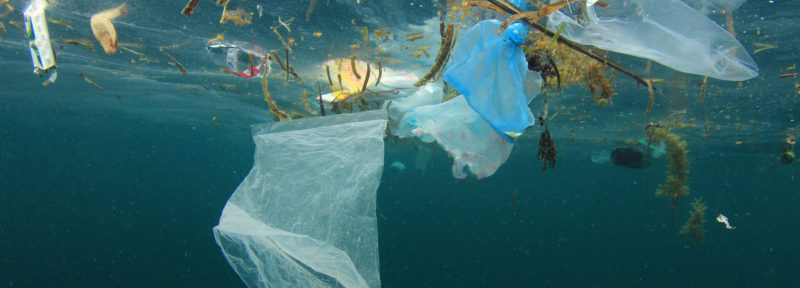Bringing the High Seas Treaty to Shore
Credit: Nicole Zanesco / Oceans North.
Protecting, restoring, and managing our natural resources can help address these problems. Unfortunately, there are parts of the world where few rules apply—including almost half the planet. Two-thirds of the ocean is known as the “high seas,” a region beyond any one country’s jurisdiction. These waters are overfished, polluted, covered in shipping lanes, and carry the overwhelming burden of oxygen production and carbon sequestration for a world consuming faster than it can restore. It’s more important than ever that countries come together and establish a global agreement for managing the high seas.
For over ten years, the United Nations has been working on a treaty that covers “biodiversity beyond national jurisdiction” (BBNJ). A BBNJ treaty could help mend the holes in the fragmented system of international ocean governance. While some bodies and agreements exist to manage aspects of the high seas, none of them have the competence to create and manage marine protected areas, oversee the equitable sharing of marine genetic resources, or implement wide-ranging environmental impact assessments to monitor and—if necessary—prevent exploitation in international waters. It was hoped that the negotiations in August would be the culmination of this work.
Credit: Nicole Zanesco / Oceans North.
However, the treaty is no longer adrift. As states read their closing statements at the end of the final day, there was a range of emotions expressed: disappointment, frustration, determination, but also hope. States reaffirmed their commitment to BBNJ and stressed just how close they had come to agreement this time around. At the end of negotiations, Canada was among the nations expressing determination and hope for a completed treaty at the next set of negotiations.
It remains to be seen, however, if this hope is enough. In their closing statement, Samoa, on behalf of the Pacific Small Island Developing States, explained how it cost them $260,000 to send a full delegation to New York for the two weeks of negotiations. This money could have gone to schools, roads, or hospitals. Their decision to attend the BBNJ negotiations highlights Samoa’s commitment, but also the importance of finishing this agreement quickly for the states who rely on the ocean the most and who are on the frontlines of climate change.
An Arctic tern in Antarctica
Credit: Nicole Zanesco / Oceans North.
In March, I wrote about the Arctic terns feeding in the Antarctic while the previous round of negotiations unfolded in New York. The terns have spent the summer nesting along northern coastlines, and will soon be returning to sea before making their epic migration back to the Antarctic. Arctic terns can reach 30 years of age, which means there is a generation of terns who have grown up alongside the BBNJ treaty. Will this new generation see BBNJ’s ratification?
Nicole Zanesco is Oceans North’s international policy advisor.

